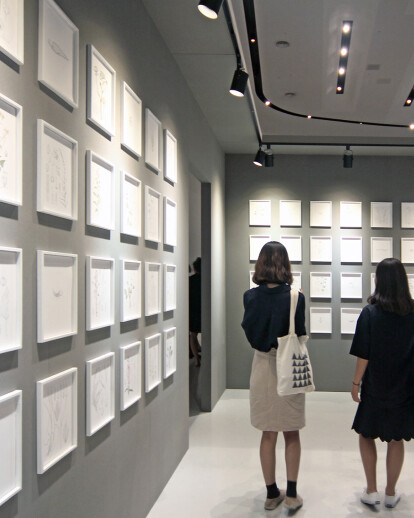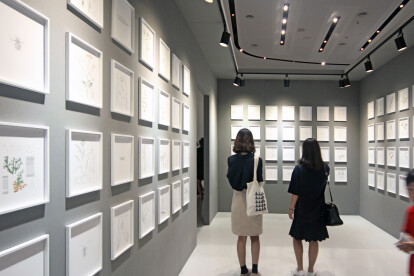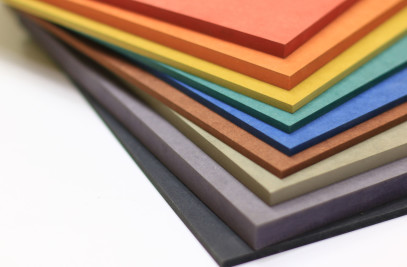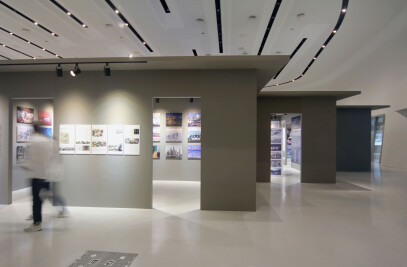The city is in disarray, too big and too formless, it can no longer be regarded as the embodiment of spatial and social order or, as Lewis Mumford had it, “the crown jewel of human achievement.” It no longer plays the role that it had in Ancient Rome for example, when it represented, as civitas, the mobile conception of a diverse society in submission to accepted law. Such conception is not necessarily something we should feel nostalgic about, but even though it might seem that social problems today, such as class inequality, racism, authoritarianism, crime, pollution, corruption, etc., are the causes of urban dysfunction, the opposite might be true, the city’s chaos and disarray might be the cause of society's pathologies. In other words, the corruption of society may have not caused the decline of the city, but instead the decline of the city may have caused the corruption of society.
Technically speaking, most of the space of the city is privately owned, countless buildings in the city are inaccessible to most of us, and of that ghostly majority, we only know a very small fraction, the random lobby, the place of work, the school building and so on. In our heads, the city is overwhelmingly public, the plazas, the streets, the parks, the temples, the churches, etc. The city might be quantitatively private, but phenomenologically, it is still mostly public.
The word commons evokes public space, maybe the space of social unrest and revolution as in the Parisian Commonards of 1871 for example. In its medieval assertion however, the commons meant something different, it was the land set aside by the gentry for the modest and controlled use of its subjects, the commoners. The first of these conceptions implies public ownership and class struggle, the second, only public access granted with the intention of keeping the social peace and preserving private ownership and submission to the established social order.
As we hear the word "commons," we don’t know to which one of these two diverging origins to yield. The word commons then has become a “common ground” type of word, one that might either imply a progressive attitude towards social justice or its opposite. It has therefore become a safe and fashionable word that can be used for all kinds of events and texts, since in its ambiguity it can point towards the possibility of change without necessarily getting budgets defunded by corporate sponsors or organizers arrested by repressive authorities.
On a sketch Pirro Ligorio’s engraving Antiquae Urbis Romae Imago while visiting Rome in 1915, Le Corbusier theorizes that the essence of Ancient Rome's public space was found in the interrelation of the pure stereometric forms of free-standing buildings. This meant that public space, the spatial commons let’s call it, was not for him the space bracketed between buildings, as in, for example, the Medieval City, but instead in the plurality of the assembled buildings themselves. Some of the most arresting ruins of Ancient Rome are still standing examples of this intuition: The Baths of Trajan and Caracalla, the Colosseum, the Pantheon and the Theater of Marcellus, all public buildings with unrestricted free access to all "free men." They were all wildly popular public buildings in their day, and it is rather ironic that they were all built by declared despots that seemed to have understood well the social wisdom and political credit accrued in this form of spending public funds, while our current governments, with all of their supposed democratic credentials are incapable of building anything remotely like them. This wisdom has been lost, in the United States today for example public space remains a hostage of a vicious cycle of neoliberal denial, as the city’s infrastructure crumbles under a tacit prohibition on the spending of tax funds on anything much other than advertisement, wars or incarceration. The reigning myopia of narrow utilitarian ends has obscured from view the city as an end in itself.
Beyond this commentary on the political cowardice of city management, what is fascinating about Le Corbusier’s observation upon confronting Rome is that, beyond the obvious attack on the street as the key element in the organization of public urban space—and the beginning of his mechanistic view of the city separated into zones of different functions that are then connected by highways—, there is a critique of the façade as the inseparable companion of the street. The façade typically confronts the street “representing” the building behind it with potentially absolute independence from the internal organization of the building itself. In other words, it sets the stage for an architecture of deceptive expression. This critique is an early instance of a future dialectic of development that will eventually replace the façade altogether with the elevation and propel deep into the space of the building itself the representational role architecture.
The resulting city of naked structure that this premise implies, the vacant geometry of available void created by the repetition of consistent type, open to the as-of-now-yet-unknown meaning became no longer possible. If indeed fetishized as a well-known obsession of modernism, space still represented the possibility of a more democratic form of architectural representation. Open to constant change, it was fueled not by rhetoric, but by the exposing and concealing of the uses of the building, by orchestrating its movement and by the deployment of an implicit order as the substitute for concrete form.
Also, space as the crucial vehicle for architectural expression, because of its very insubstantiality, resonated with a constructed idea of reality that accompanied deeper understanding of the self as an unstable subject. Space was then understood not as found but as projected from the individual in the form of perspectival construction.
Now, we seem to have entered an interregnum of pervasive ignorance that, by misunderstanding space, confuses architecture with design, proposing instead of the city, pathetically modest urban interventions such as the creation of bicycle lane networks and randomly located potted plants, as a narrow understanding of function is confused with the more prescient purpose open to the future that would typify the modicum of utopia necessary to think the city.
The “Imminent Commons” Biennale of Seoul 2017, is an exciting opportunity to reevaluate the significance and, even more elementally, the very on-going possibility of architecture vis à vis the contemporary city. The Biennale features The Cities Exhibition, which will be installed in the main hall of the Dongdaemun Design Plaza, and offers the fascinating prospect of 50 different thematic exhibits coming from cities all over the world. OBRA is contributing to the Biennale the exhibit design of The Cities Exhibition.
In practical terms, the architectural design of the exhibit focuses mainly on the successful resolution of very specific formal issues related to the complexity of an exhibition designed “by committee” by curators working independently from each other in the four corners of the world. It is this characteristic of the project that suggest the possibility of regarding it as a modest experiment of analogy with the city: the organization of vacant group form available to be occupied by unpredictable content and organized non-hierarchically to invite free movement. These design premises required also a subtle but rigorous structure to prevent the project from contributing to a descent into a potentially chaotic experience that the collage-like assembly of disparate content might bring about.
As a modest analogy of urban space, the design of this ephemeral structure aspires to a normative repetitiveness that risks certain dissolution of form and a numbing of the senses of the perception of spatial sequences. The project will define a certain rhythm of experience related to the time needed to negotiate arrays of overlapping trajectories which will be made subliminally legible through an insistence on certain thresholds sequences, some axial and some diagonal. The depth of the resulting layered space is sometimes revealed in the enfilades of doors that cut deep into the structure here and there as a perspectival projection of potential trajectories open to the visitors. Relying on the utmost geometric simplicity and the architectural resources that, as described above, can be easily missed or dismissed, the architectural design will recede perceptually to give primacy of place to the exhibited content, while at the same time trying to sustain it with a measure of discrete order.
The structure, conceived as a repetitive grouping of small galleries, mostly 3 meters wide by 6 meters long, aims to create the atmosphere of repetitive neutrality necessary to contain all the unpredictable collision of richness the curatorial project proposes. The result is an undifferentiated labyrinth, one in which no proposed sequence of experience is particularly privileged and in which each visitor can trace his or her own personal trajectory. The only exceptions, three larger spaces for public assembly, are created not by adding anything to the project but by negatively subtracting walls and creating larger gaps.


































